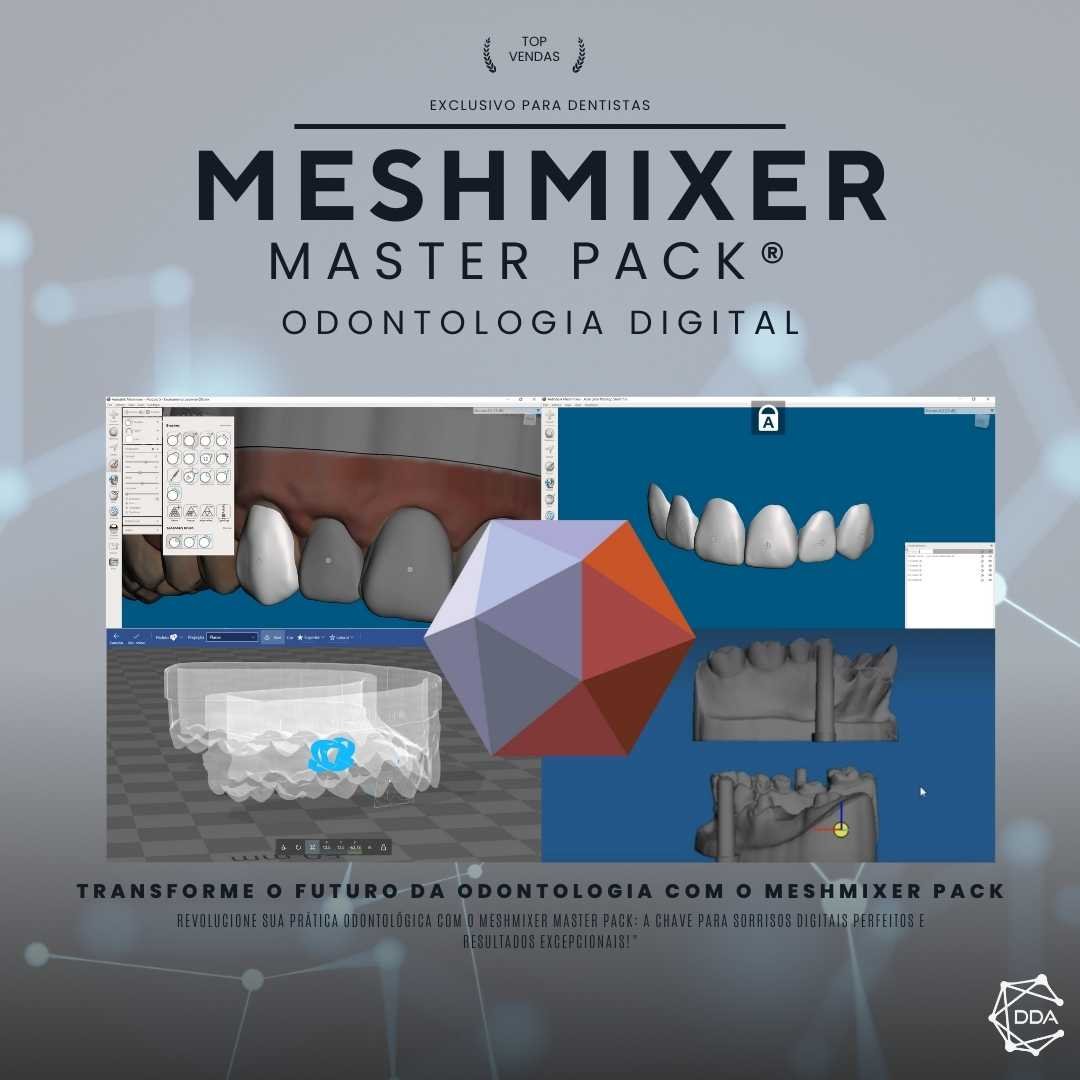What is it: Digital Dynamic Occlusion
Digital dynamic occlusion is an advanced technique used in dentistry to assist in the diagnosis, planning and treatment of problems related to dental occlusion. This technique uses digital resources, such as specific software and equipment, to analyze and simulate the movements of the jaw and teeth, providing a more accurate and detailed view of how occlusion works.
How does digital dynamic occlusion work?
To perform digital dynamic occlusion, it is necessary to use an intraoral scanner, which is a device capable of capturing three-dimensional images of the patient's mouth. These images are processed by specialized software, which digitally reconstructs the dental arch and jaw.
Based on this digital reconstruction, it is possible to simulate jaw movements in different situations, such as chewing, speaking and joint movements. This simulation allows you to identify possible imbalances in occlusion and assist in planning corrective treatments.
What are the advantages of digital dynamic occlusion?
Digital dynamic occlusion has several advantages over traditional occlusion analysis techniques. One of the main advantages is the precision of the results obtained. With the use of digital resources, it is possible to obtain more precise and detailed measurements, which facilitates diagnosis and treatment planning.
Furthermore, digital dynamic occlusion allows real-time visualization of the movements of the jaw and teeth, which makes it easier for the patient to understand their problem and helps them make decisions regarding treatment.
What are the applications of digital dynamic occlusion?
Digital dynamic occlusion can be used in various situations in dentistry. One of the main applications is in planning orthodontic treatments, allowing the simulation of tooth movements and jaw movement during treatment.
Furthermore, digital dynamic occlusion can also be used in the planning of dental prosthetics, dental implants and other procedures involving dental occlusion. With this technique, it is possible to analyze occlusion in different situations and simulate the final result of the treatment.
What are the benefits for the patient?
Digital dynamic occlusion brings several benefits to the patient. One of the main benefits is the possibility of viewing the final result of the treatment before even starting the procedure. This allows the patient to have more realistic expectations and make more informed decisions regarding treatment.
Furthermore, digital dynamic occlusion also contributes to reducing treatment time, as it allows for more accurate and efficient planning. With this technique, it is possible to avoid rework and adjustments during treatment, which speeds up the process and provides a more satisfactory final result.
What are the challenges of digital dynamic occlusion?
Despite all the advantages, digital dynamic occlusion also presents some challenges. One of the main challenges is the need to invest in specialized equipment and software, which can represent an additional cost for dental professionals.
Furthermore, adequate training is required to correctly use digital dynamic occlusion features. It is necessary to master the software and correctly interpret the results obtained, so that the technique is effective and brings real benefits to the patient.
Conclusion
In short, digital dynamic occlusion is an advanced technique that uses digital resources to analyze and simulate the movements of the jaw and teeth. This technique brings several advantages, such as the precision of the results, real-time visualization of movements and the possibility of simulating the final result of the treatment.
However, it is important to highlight that digital dynamic occlusion also presents challenges, such as investment in specialized equipment and software and the need for adequate training. Despite this, this technique has shown itself to be increasingly promising in dentistry, contributing to a more accurate diagnosis and more efficient treatment.

